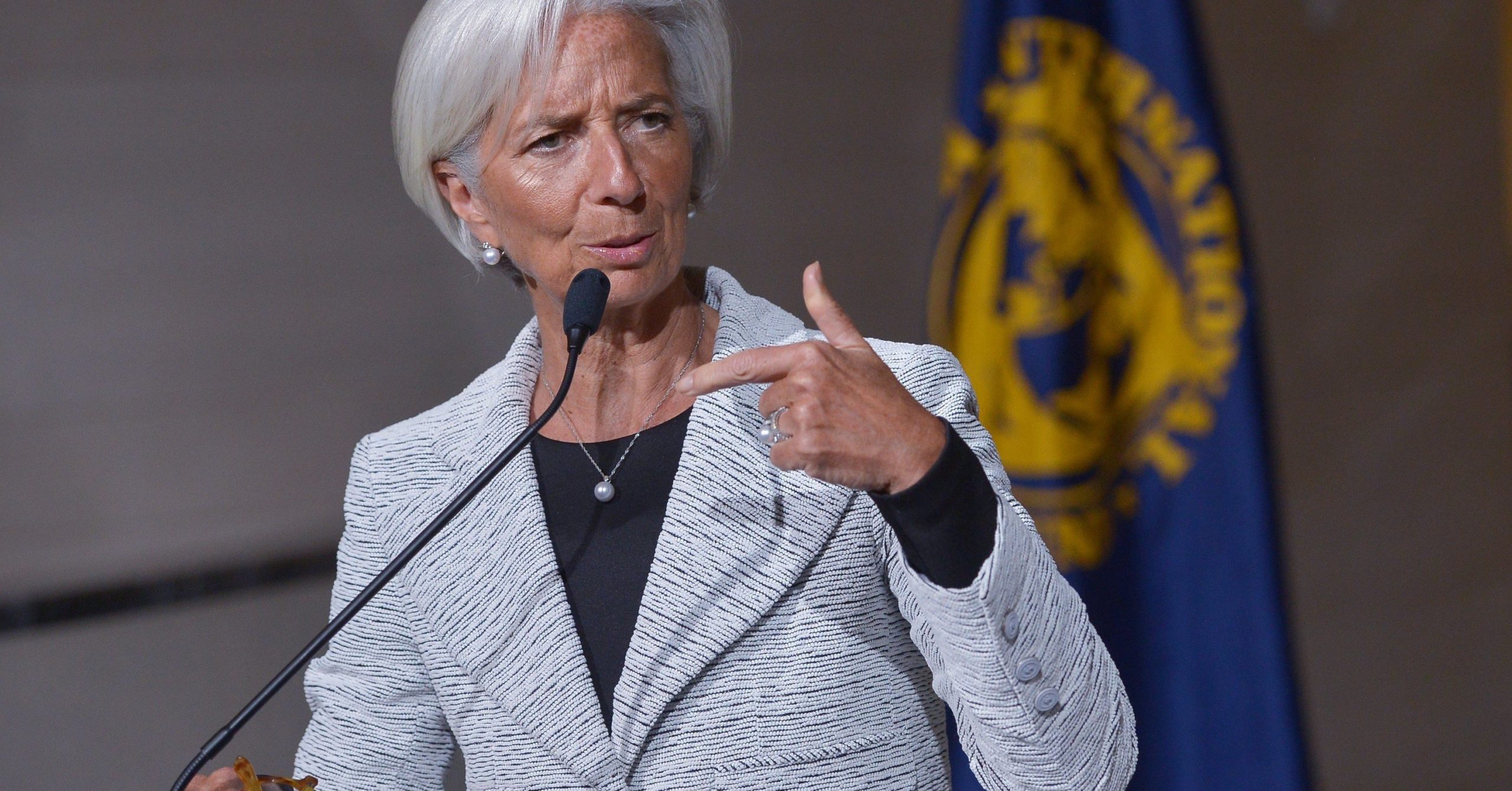Between October 19 to November 3, 2016, a team from the International Monetary Fund (IMF) visited Kenya to review and conduct discussions in regards to a two year US$1.5 billion stand-by credit facility it had extended to Kenya earlier in the year.
The team met with the minister for Treasury, Henry Rotich, senior management of the Central Bank of Kenya (CBK) including Governor Dr. Patrick Njoroge, members of the CBK Monetary Policy Committee, senior government officials, development partners and representatives of the private sector.
At the end of the visit, the IMF team said the Kenyan authorities had indicated that they will continue to treat the arrangements as precautionary and do not intend to draw unless exogenous shocks lead to an actual balance of payments need.
Related; IMF warns Kenya against over reliance on oil
The head of IMF team Mr. Clements said he was impressed with the country’s economic growth noting that inflation was within the government’s target and that the exchange rate and the banking sector had remained stable.
However, the IMF team was concerned that the recent amendments to the Banking Act that set limits on deposit and lending rates are likely to have an adverse impact on Kenya’s economy. From their experience in other markets, such interest rate controls have been ineffective and gave rise to unintended negative consequences including reduced access to financing for the SMEs and an increase in informal lending at much higher interest rates.
“Interest rate limits could also reverse the remarkable increase in financial inclusion that has benefited a large proportion of Kenya’s population. These adverse effects could lead to lower economic growth and undermine efforts to reduce poverty. In addition, interest rates limits undermine the effectiveness of monetary policy aimed at ensuring price stability and supporting sustainable economic growth.” noted the IMF team.



